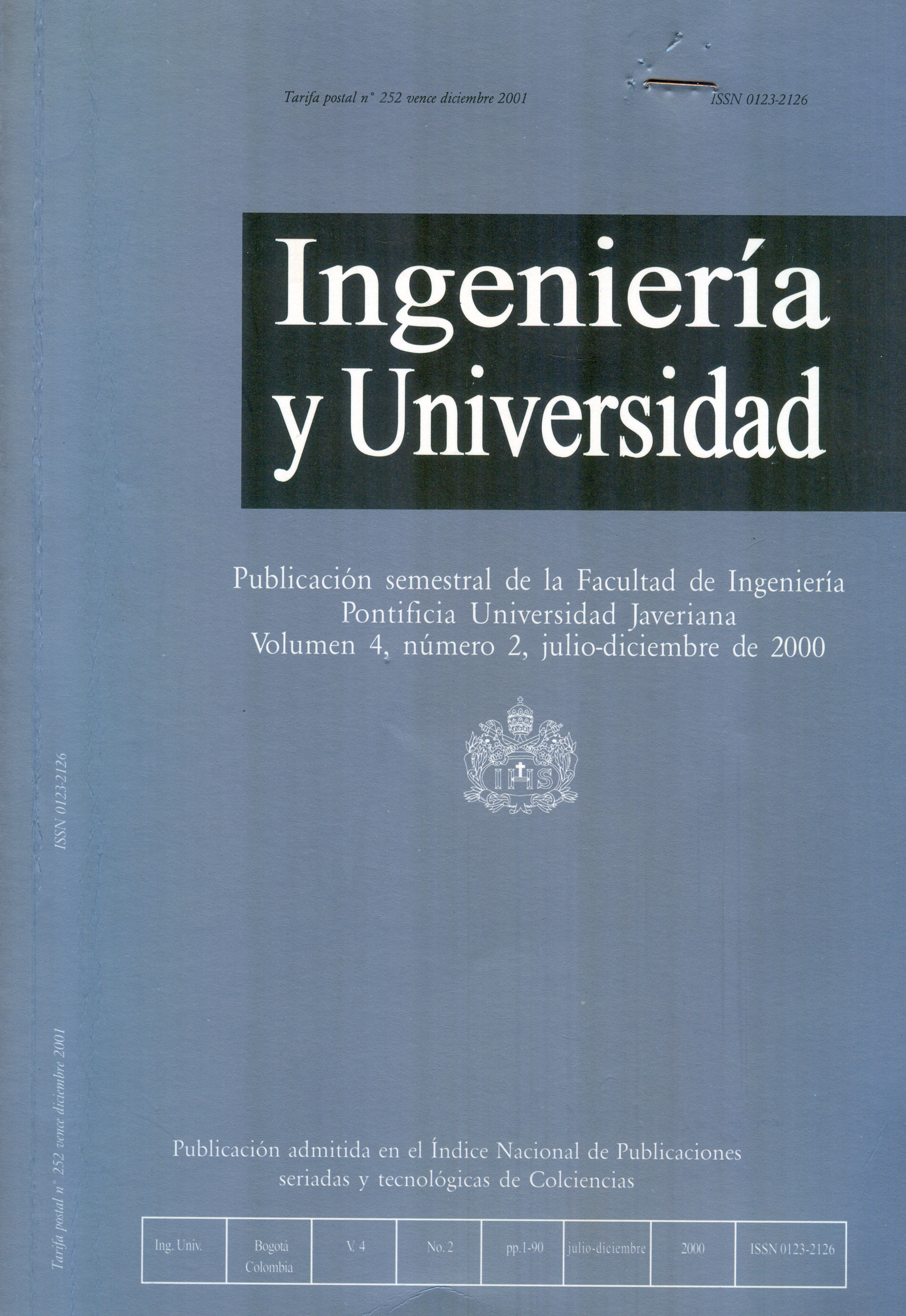Abstract
Computer applications have shown an increasing tendency towards a graphical and fríendly interface. The problem with graphical applications is the demand for memory and processing gíven the amount of calculations that ít must do. The APIs are libraries that offer the applications direct bondíng with device drivers at the same level as the operatíng system. In the graphical environment, the most important APIs are DirectX and OpenGL. This article analyzes each one with regards to íts potentiality, performance, and, in general, íts important characteristics which influence decision making concerníng eíther one. These conclusions were taken from a research Project carried out at the Pontífícía Universidad Javeriana, whose aim was to offer a detailed view of how and when to use each API.
Akin, Microsoft and 3D Graphics: "A Case Study in Suppressing Innovation and Competition", http://www.vcnet.com/, 1998.
Angel, E. Interactive Computer Graphics: A top-down approach with OpenGL. Readíng, MA: Addison Wesley, 1997.
DirectX 6.1 Programmer's Reference, Microsoft Corporation, 1999.
Foley ,J. D., ComputerGraphics: Principles andPractice, Addison-Wesley, 1991.
Hearn, D. and Baker, M. P. Computer Graphics, Prentice-Hall, 1995.
Petzold, C., Programming Windows 98, Microsoft Press, 1998.
Silicon Graphics. Guide to OpenGL on Windows. 1996.
Woo, M., Neider, J. y Davis, T. OpenGLProgramming Guide: The OJficial Guide to Leaming OpenGL, Version 1.1. Reading, MA: Addison Wesley, 1997.

This work is licensed under a Creative Commons Attribution 4.0 International License.


